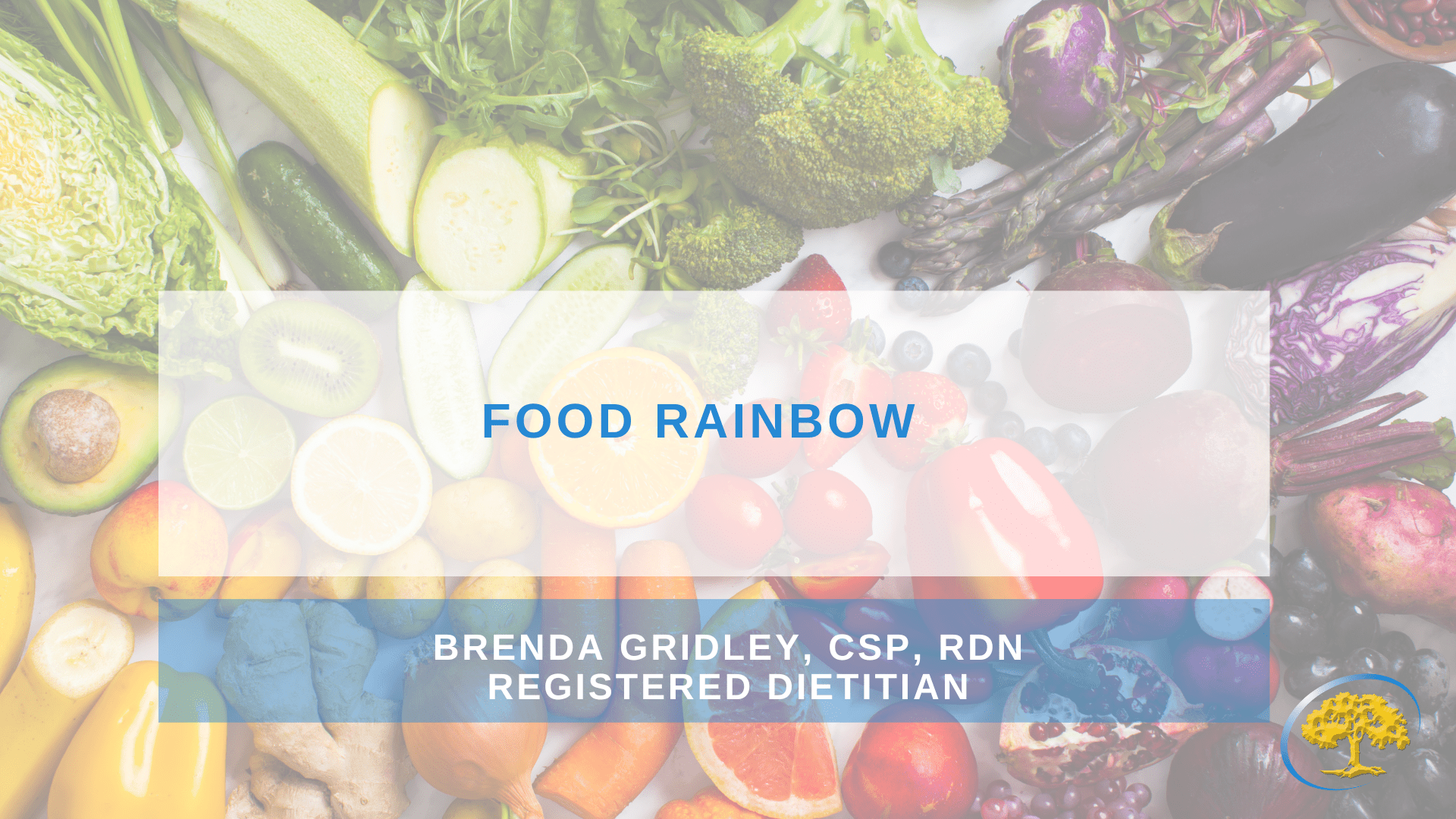
Posted 1 year ago
Food Rainbow
Phytonutrients are compounds produced by plants to help protect them from environmental damage or predators. Some phytonutrients have been found to have cancer-protective properties, and many are anti-inflammatory. By eating “the rainbow” you are providing your body with protection… so EAT IT!
RED
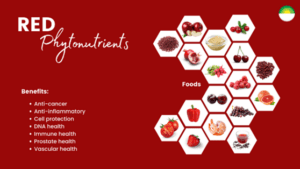
Red Foods: beets, radishes, tomatoes, sweet red peppers, rhubarb, red onions, red potatoes, apples/applesauce, grapefruit, pomegranate, cranberries, watermelon,
strawberries, cherries, plums, raspberries, red grapes and kidney beans.
ORANGE
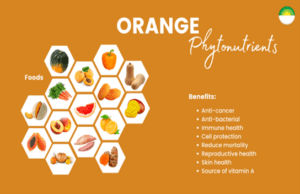
Orange Foods: acorn squash, winter squash, sweet potato, pumpkins, carrots, bell pepppers, oranges, persimmons, mango, papaya, apricots, tangerines, dried fruit, nectarine, cantaloupe, Tumeric, curry powder and cayenne.
YELLOW
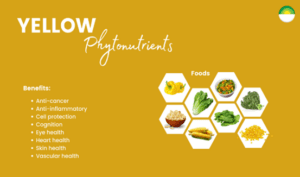
Yellow Foods: corn, popcorn, hominy, succotash, summer squash, spaghetti squash, rutabagas, Yukongold potatoes, bell peppers, pineapple, bananas, peaches, lemons and curry powder.
GREEN
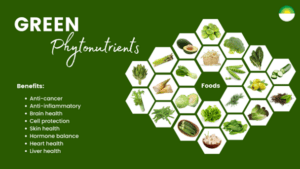
Green Foods: broccoli, brussels sprouts, cabbage, kale, collard, greens, kohlrabi, arugula, chard, spinach, watercress, celery, peas, cucumbers, artichokes, green peas/snow peas, lettuce, asparagus, okra, olives/olive oil, lime, rosemary, basil, parsley, cilantro, thyme, green tea and Matcha.
BLUE/PURPLE
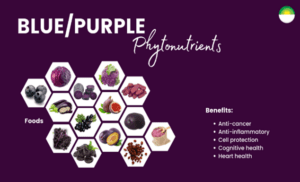
Purple Foods: brassicas, cauliflower (purple), kale (purple), eggplant, purple potatoes, prunes, grapes/raisins, berries, and figs.
WHITE/TAN/BROWN
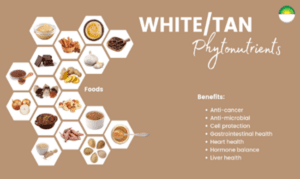
White/Tan/Brown Foods: cauliflower, Russet/Idaho/fingerling potatoes, mushrooms, onions/shallots, leeks, garlic, parsnips, celery root, ginger, coconut, chickpeas, lentils, beans (black beans, cannellini), black-eyed peas, soy/tofu, miso, whole wheat, oats, farro, quinoa, barley, buckwheat, brown rice, chestnuts, pecans, almonds, pine nuts, walnuts, Brazil nuts, peanuts, cashews, sesame, tahini, chia seeds, clove, cinnamon, nutmeg, coffee, and dark chocolate (YUM!!).
Brenda Gridley, CSP, RDN

Areas Brenda has managed include pediatric and neonatal intensive care units where she was responsible for individualizing therapeutic diets and alternate nutrition support based on specific metabolic needs, medical conditions, and cultural preferences.
Her passion for nutrition was developed at a young age and reared by her grandmother who always instilled the importance of a healthy diet and active lifestyle. When her grandmother became ill, Brenda became aware of the impact nutrition plays in disease prevention and maintaining overall mind and body health.
